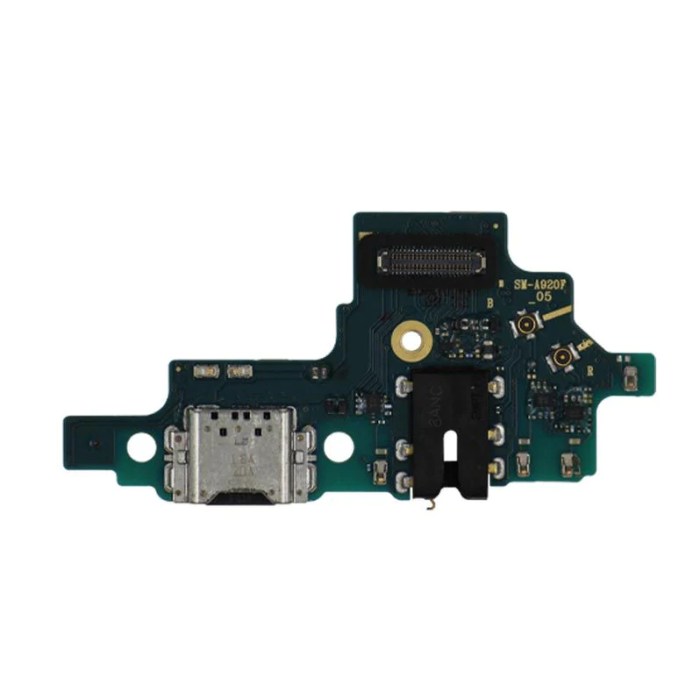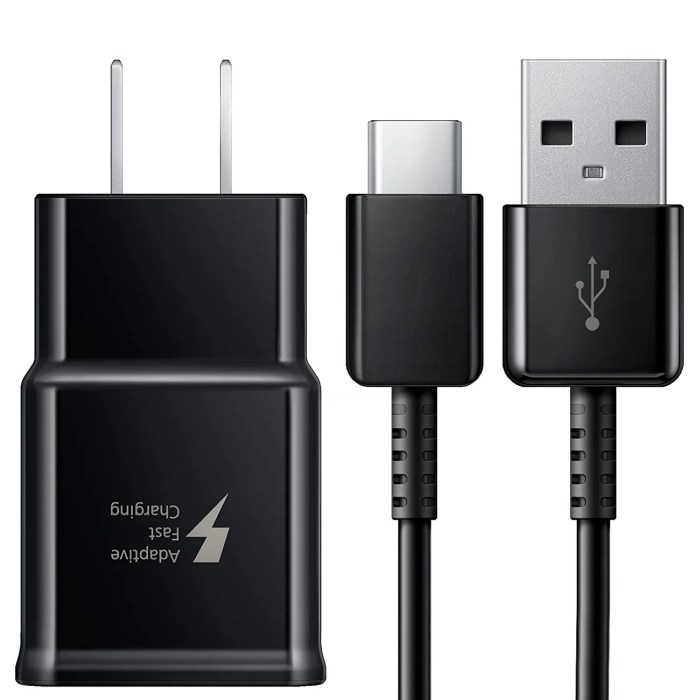Samsung A9 Charger Specification Guide
Samsung Galaxy A9 Charger Specifications

Source: phonefirst.com
Samsung a9 charger specification – This article provides a comprehensive guide to understanding the charging specifications and capabilities of the Samsung Galaxy A9 smartphone. We’ll cover compatible charger types, power delivery details, connector compatibility, safety precautions, troubleshooting common charging issues, and alternative charging methods.
Identifying Charger Types for Samsung A9
The Samsung Galaxy A9, depending on the region and model year, supports various charger types. Understanding these differences is crucial for optimal charging and preventing potential damage. Fast charging capabilities vary depending on the charger and cable used.
| Charger Type | Voltage (V) | Amperage (A) | Compatibility Notes |
|---|---|---|---|
| Samsung Adaptive Fast Charger | 9-12 | 1.67-2 | Provides fast charging; may vary slightly depending on the specific model. |
| Standard USB Charger (5V/1A) | 5 | 1 | Provides standard charging; significantly slower than fast charging. |
| USB-PD Charger (various wattages) | Variable (e.g., 5V, 9V, 12V) | Variable (e.g., 3A, 2A) | Supports fast charging; compatibility depends on the specific charger’s Power Delivery profile. Ensure it’s compatible with Samsung’s fast charging protocol. |
| Third-party Fast Chargers | Variable | Variable | Use only chargers with appropriate certifications (e.g., USB-IF certified) and voltage/amperage ratings. Incompatible chargers risk damaging the phone. |
Using an incompatible charger can lead to slow charging, overheating, or even permanent damage to the phone’s battery or charging circuitry. Always use a charger that meets the specifications Artikeld above.
Samsung A9 Charger Specifications: Power Delivery
The official Samsung Galaxy A9 charger typically delivers power within a specific range. Understanding these specifications is key to ensuring optimal and safe charging.
The official charger’s power delivery specifications usually fall within the range of 9V and 1.67A to 12V and 2A, resulting in a power output of approximately 15W to 24W for fast charging. The precise specifications might vary slightly depending on the region and model year.
Visual Representation of Power Flow: Imagine a diagram showing a power source (charger) connected to a cable, which then connects to the phone’s charging port. From the port, the power flows to the battery, indicated by arrows. The battery’s charging status (percentage) could also be visually represented. The diagram would clearly label the voltage and amperage at each stage of the power flow.
Comparison to Other Samsung Chargers:
- Compared to chargers for flagship Samsung models, the A9’s charger typically offers lower wattage output, resulting in slower fast charging speeds.
- Compared to chargers for entry-level Samsung models, the A9’s charger generally provides faster charging capabilities.
- The A9’s charger’s voltage and amperage range are similar to many other mid-range Samsung models.
Connector Types and Compatibility
The Samsung Galaxy A9 typically uses a USB-C connector for charging. Understanding the nuances of different connector types can be beneficial for choosing the right accessories.
| Connector Type | Physical Dimensions (Approximate) | Data Transfer Capabilities | Advantages | Disadvantages |
|---|---|---|---|---|
| USB-C | 8.34 mm x 2.54 mm | USB 2.0, USB 3.1, or Thunderbolt (depending on the cable) | Reversible connector, supports faster data transfer and charging | Can be more fragile than USB-A |
| USB-A (with appropriate adapter) | Variable | USB 2.0 | Widely available | Slower data transfer and charging speeds compared to USB-C |
Safety Precautions and Usage

Source: walmartimages.com
Proper usage and safety precautions are essential when charging your Samsung Galaxy A9. Neglecting these precautions can lead to various risks.
Safety Precautions:
- Use only official Samsung chargers or certified third-party chargers.
- Avoid using damaged or frayed cables.
- Do not charge the phone in extreme temperatures.
- Do not leave the phone charging unattended for extended periods.
- Unplug the charger when not in use.
Flowchart for Safe Connection/Disconnection: The flowchart would start with “Plug Charger into Outlet,” followed by “Connect Charger to Phone,” then “Check for Proper Connection.” If the connection is good, proceed to “Charging in Progress.” Once charging is complete, the flow goes to “Unplug Charger from Phone” and then “Unplug Charger from Outlet.” Each step would have a visual representation (e.g., a simple icon) to make it easily understandable.
Using damaged or counterfeit chargers increases the risk of electrical shock, fire, or damage to your phone. Always prioritize safety.
Troubleshooting Common Charging Issues, Samsung a9 charger specification
Various issues can hinder the charging process of your Samsung Galaxy A9. Here are some common problems and their solutions.
- Problem: Phone not charging. Solution: Check the charger, cable, and charging port for any damage. Try a different outlet or charger. Restart the phone.
- Problem: Slow charging. Solution: Ensure the phone is not overheating. Use an official Samsung charger and cable. Check for software updates.
- Problem: Intermittent charging. Solution: Clean the charging port. Try a different cable and charger. Check for any debris obstructing the port.
Diagnosing a Charging Port Issue: Inspect the charging port visually for any damage or debris. Try cleaning it gently with a compressed air canister. If the problem persists, professional repair might be necessary.
Determining if the problem lies with the charger, phone, or cable involves systematic testing: try each component individually with known working alternatives. If the problem persists after testing each component, the issue likely lies within the phone itself.
Alternative Charging Methods
The Samsung Galaxy A9 might support wireless charging, offering a convenient alternative to wired charging.
Comparison of Charging Methods: Wireless charging is generally slower than wired fast charging. Efficiency can vary depending on the wireless charger and the phone’s condition. Wireless charging offers convenience but may be less efficient than wired charging.
Compatible Wireless Chargers: Many Qi-certified wireless chargers are compatible with the Samsung Galaxy A9. Always check the specifications of the wireless charger to ensure compatibility before purchase.
User Queries: Samsung A9 Charger Specification
Can I use a higher wattage charger than recommended?
While it might seem faster, using a significantly higher wattage charger than recommended can potentially overheat and damage your phone’s battery.
My phone isn’t charging. What should I check first?
Understanding the Samsung A9 charger specification is crucial for optimal performance. While the A9 utilizes a specific charging technology, comparing its power delivery to other models can be insightful. For instance, you might find differences when you check the full specifications of other Samsung devices, such as the details provided in this comprehensive guide on the samsung a03s full specification.
Returning to the A9, knowing its charging requirements ensures you use the correct adapter and avoid potential damage.
First, check the charger, cable, and charging port for any visible damage. Try a different cable and outlet. If the problem persists, the issue might be with the phone itself.
What’s the difference between fast charging and standard charging?
Fast charging uses a higher voltage and amperage to charge your phone more quickly than standard charging. However, fast charging may generate more heat.
Is wireless charging an option for the Samsung A9?
Yes, the Samsung A9 supports wireless charging, though charging speeds may be slower than wired fast charging.





















